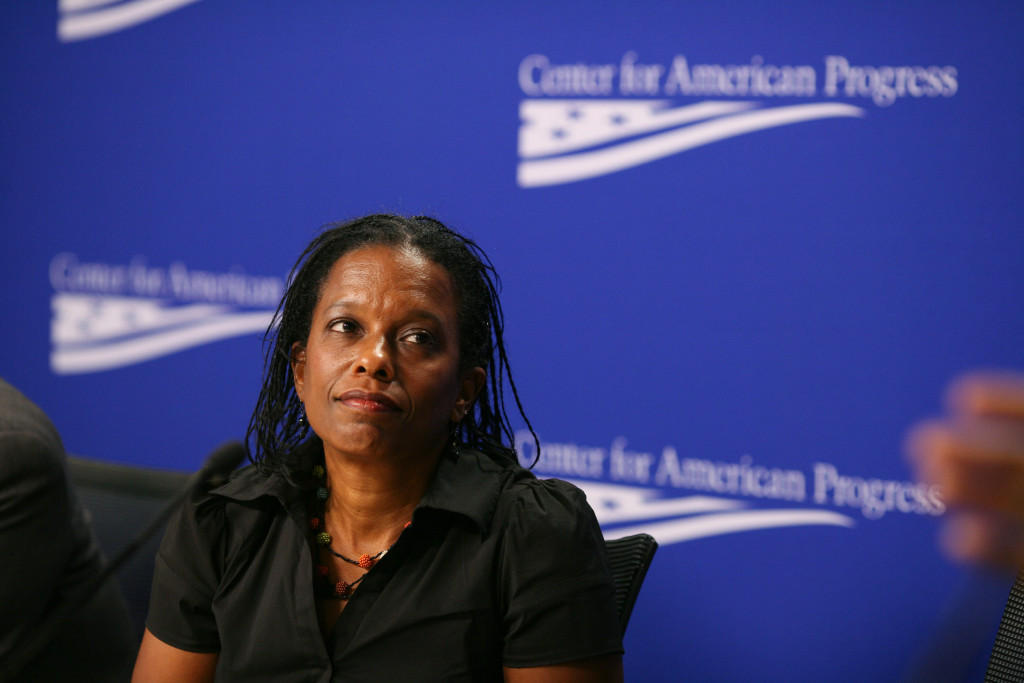>> It is the first day of a new school year. I look out over the expectant faces of my students, excited to get to know them and for us to learn from each other. I want to do right by all of them, to be the teacher that inspires them and helps them to become the people they always wanted to be.
It is the first day of a new school year. I look out over the expectant faces of my students, excited to get to know them and for us to learn from each other. I want to do right by all of them, to be the teacher that inspires them and helps them to become the people they always wanted to be.
But there is something in the way of all of that; it is in all of our ways. It is something called implicit bias.
Defined as “bias in judgment and/or behavior that results from subtle cognitive processes (e.g. implicit attitudes and implicit stereotypes) that often operate at a level below conscious awareness and without intentional control” ( >>NCSC, 2012 ), implicit bias is everywhere. These biases are the assumptions made before we even know we are making them, whether it is an unintentional association between men and science and women and humanities or a person who is consciously against racism who demonstrates an implicit preference for job candidates of a particular racial background.
Here is a bit more about implicit bias from the >>Kirwan Institute :
- Implicit biases are pervasive. Everyone possesses them, even people with avowed commitments to impartiality such as judges.
- Implicit and explicit biases are related but distinct mental constructs. They are not mutually exclusive and may even reinforce each other.
- The implicit associations we hold do not necessarily align with our declared beliefs or even reflect stances we would explicitly endorse.
- We generally tend to hold implicit biases that favor our own ingroup, though research has shown that we can still hold implicit biases against our ingroup.
- Implicit biases are malleable. Our brains are incredibly complex, and the implicit associations that we have formed can be gradually unlearned through a variety of debiasing techniques.
When I first heard about implicit bias at a teaching workshop on inclusivity, I thought for sure that it did not apply to me. So I decided to test the theory in two ways.
First, I went to >>Project Implicit and took some of their tests on implicit bias. As it turns out, I had a strong likelihood of favoring one particular imagined group over another: a clear sign of implicit bias.
Then I took this information and applied it to my classroom grading techniques. While my classroom grading did not demonstrate an implicit bias along gender or racial lines, I thought I would try out blind grading to see what happened. Instead of having students include their names on exams, they included their identification numbers so that I did not know whose exam it was. Once I graded the exam, I matched it with the student. And my bias was revealed.
When a student that I had implicitly labeled “good” did poorly, I was surprised; likewise, I had a similar reaction when a student whom I had implicitly assumed would not perform well received a high grade. Thus, sometime over the course of the class, I had subconsciously put students in categories of achievement based on prior performance, and this could potentially impact the assumptions I would make going into the grading of an exam.
Having realized this, I made arrangements to make all of my grading as blind as possible and am taking steps towards improving my teaching in other ways as well.
The most important things to remember about implicit bias are these.
- You probably are implicitly bias.
- Implicit bias is malleable, which means that you can change it.
Implicit bias in education is extremely problematic, as it often targets women and minorities in the assumptions that educators make about potential performance. There are some excellent resources to learn more about implicit bias, and they are all great places to start.

There are no comments
Add yours